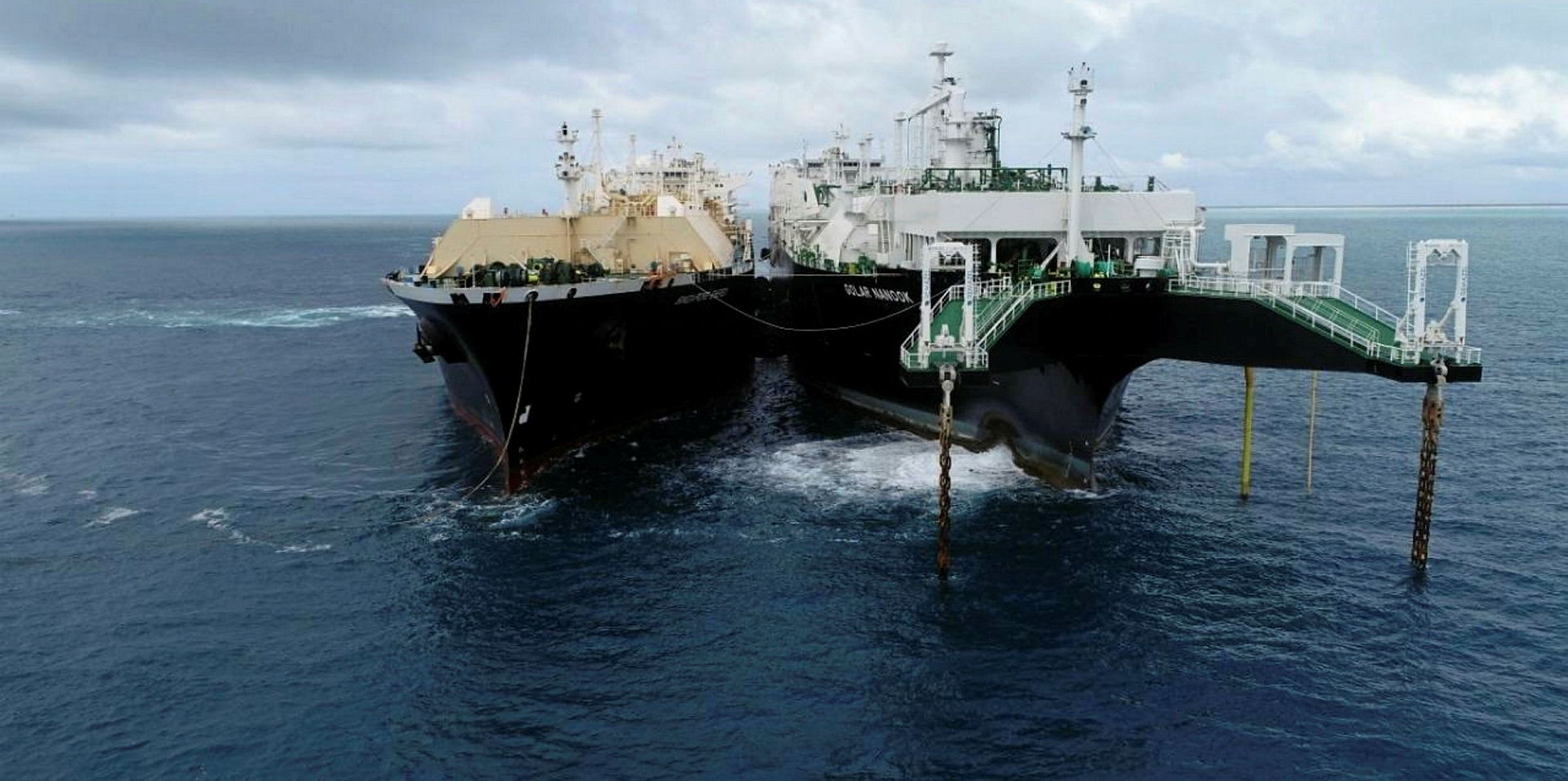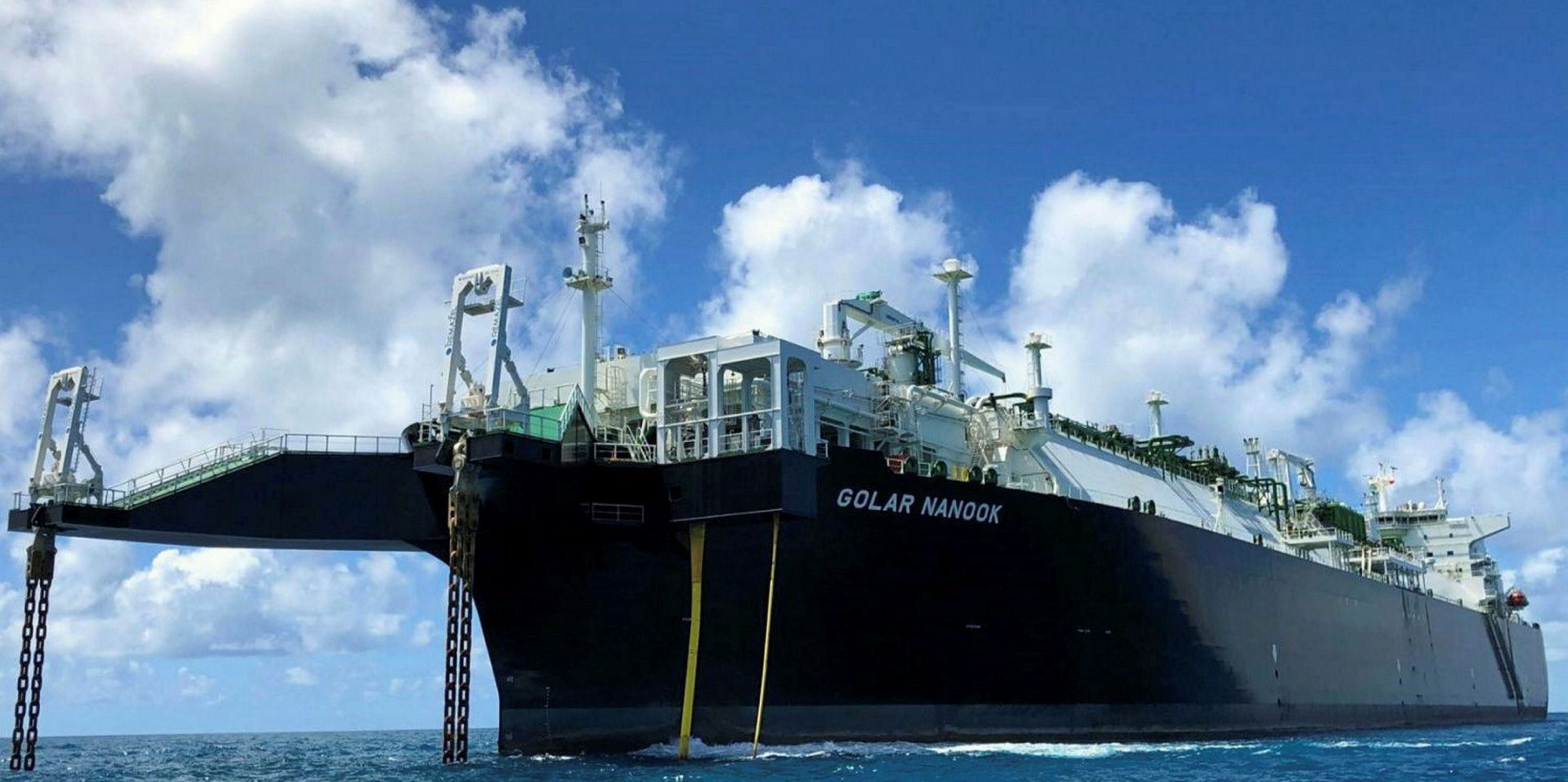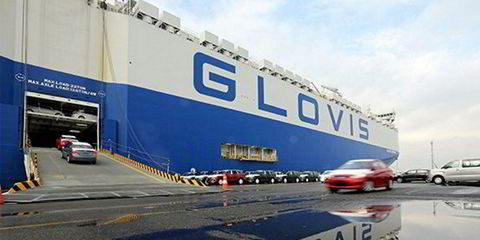Golar LNG "remains committed" to putting is LNG carrier fleet into a different vehicle that might be better equipped to deal with the cyclical nature of the shipping market, according to its chief executive.
In a results briefing on Tuesday, Iain Ross said the company is making “good progress” on the alternative structure Golar is developing after last year's “disappointing outcome”, without giving further details.
The USP [unique selling point] is quite powerful. Cheaper energy, with a cleaner and greener footprint and we’ll bring it to you
Iain Ross
He said more updates would be given in the coming months.
In November, Tor Olav Troim-controlled Golar said it was aiming to start spinning off its LNG carrier fleet under a US listing in 2020, after plans to pursue this with partners Awilco LNG and TMS Cardiff Gas fell apart.
Market strategy
Ross said the current slowdown in LNG shipping demand may result in a reduction in tonne-miles, bringing rates under pressure for short periods.
But, he added, the company has mitigated against this by putting the bulk of the fleet on charter to long-term customers on fixed and floating-rate structures.
He detailed that 62% of Golar’s LNG fleet is now contracted out on charter and said he wants to see this percentage increase, with just two to three vessels playing on the spot market.
The CEO told investors and analysts that Golar’s current focus remains on developing its downstream activities in Brazil through joint venture Golar Power.
Golar believes the current near-record low LNG prices give it a chance to move this business forward, he explained.
But the company is also investigating “other geographies” for a similar type of business roll-out, he said.
“The USP [unique selling point] is quite powerful,” Ross said. “Cheaper energy, with a cleaner and greener footprint and we’ll bring it to you.”
In Brazil, Ross said Golar hopes to sanction its power plant and LNG import facility at Barcarena mid-year, which will use either one of the company’s existing floating storage and regasification units or an owned LNG carrier converted into an FSRU.
At its Sergipe power plant, which will be fully commissioned this quarter, he said around 66% of the capacity in the project's FSRU, the Golar Nanook (built 2017), will be available for other initiatives, including the small-scale distribution of LNG.
Floating LNG
On FLNG, Ross said the company’s first FLNG unit, the Hilli Episeyo, had produced 34 cargoes with partner Perenco in trying to prove up more reserves to utilise the unit’s full potential.
Golar’s second LNG carrier-to-FLNG unit conversion, the 126,277-cbm Gimi (built 1976), for BP’s Tortue FLNG project, is currently undergoing the third of five dry-dock periods and is due to have its sponsons fitted later this year.
Ross said Golar turned in a “solid” performance in 2019, expects improved cash flow this year based on the charter deals it has locked in, and is building a sustainable business that can survive in any LNG price environment.







